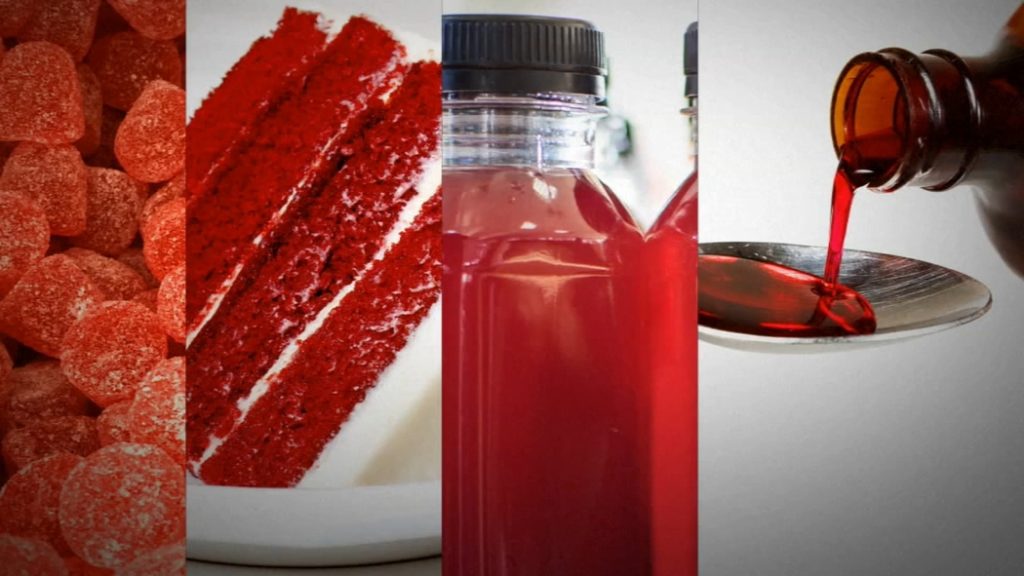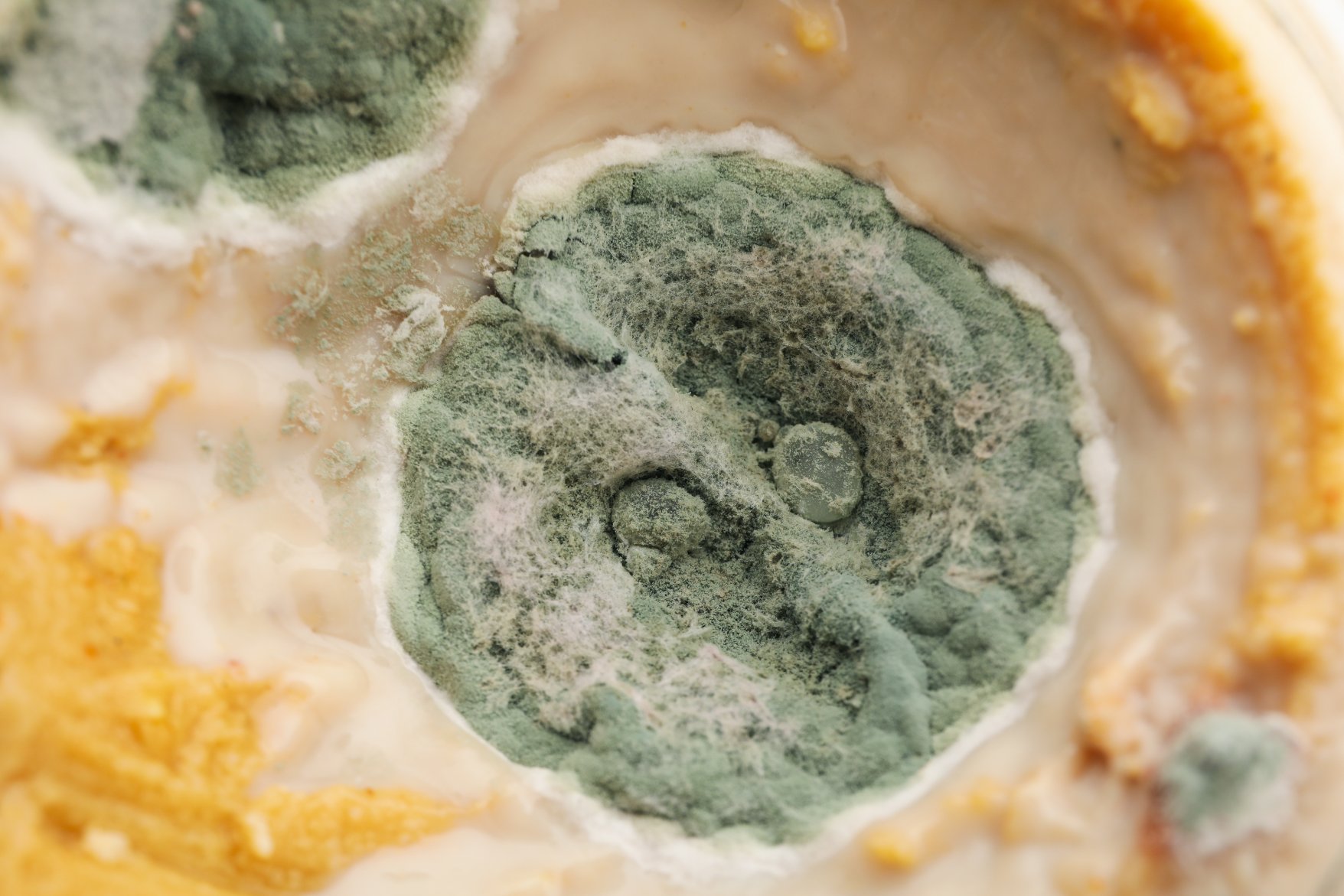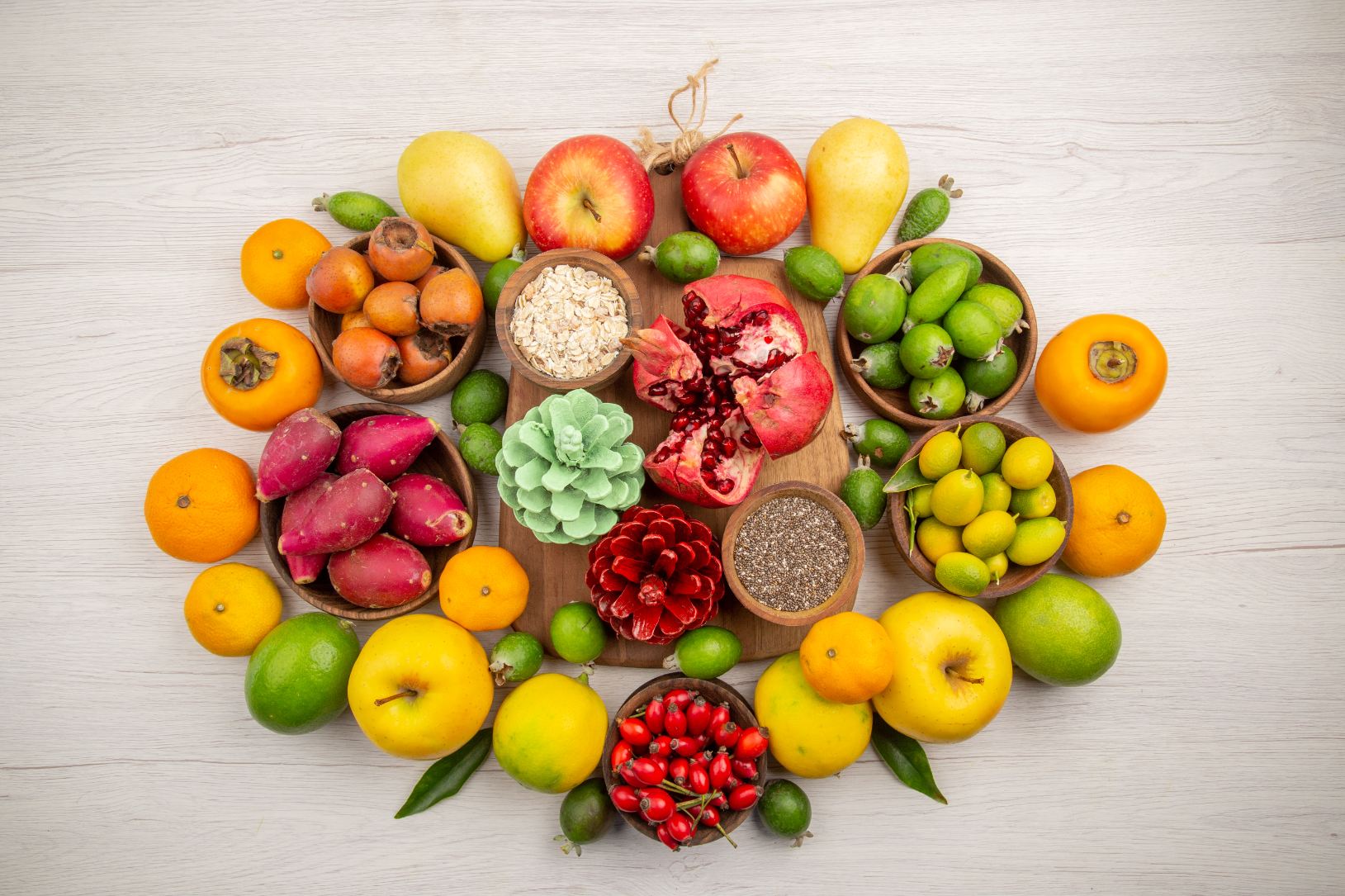Brightly coloured cereals, candies and beverages often look harmless, but many contain Red Dye No. 3 and other synthetic additives now under legislative scrutiny. Several U.S. states have moved to restrict or ban these ingredients because studies link them to thyroid disruption, DNA damage and behavioural changes in children. This article summarises the research, debunks “clean food costs more” myths and offers practical ways to minimise risky additives without blowing the grocery budget.
1. What Is Red Dye No. 3?
Red Dye No. 3—also labelled Erythrosine or FD&C Red 3—is a petroleum-derived synthetic colourant that gives candies, baked goods and snack foods their bright pink hue. Animal studies link high doses to thyroid tumours, DNA damage and neuro-behavioural changes. The dye was removed from cosmetics in 1990, and on January 15 2025 the FDA issued a final rule revoking its use in food and ingested drugs. Manufacturers must reformulate foods by January 15 2027 (drugs by January 18 2028). FDA Constituent Update

2. Why Some Jurisdictions Are Banning It
Recent state-level bills cite five primary concerns:
- Cancer risk: Long-term rodent data show thyroid tumour formation.
- Thyroid hormone disruption: The dye may interfere with T3 and T4 regulation, compounding metabolic issues.
- DNA damage: Oxidative stress linked to erythrosine can impair cellular repair.
- Neurological effects: Hyperactivity and attention problems in children correlate with synthetic dye intake. A meta-analysis in Nutrients highlights behavioural improvements when dyes are removed.
- Nerve toxicity: Animal studies report altered nerve-signal conduction.
3. “Healthy Food Is Too Expensive”—Myth or Reality?
Critics argue that eliminating artificial colours or preservatives increases production costs. In truth, retail prices often reflect shelf-life economics, not ingredient quality. Removing a colour agent can lower unit costs, but shortening a product’s shelf-life may raise logistics expenses. The trade-off: higher upfront grocery prices versus downstream medical bills for chronic conditions aggravated by additive-laden diets.
Consider hidden costs:
- Doctor visits for attention or behavioural issues
- Thyroid medication and lab work
- Time off work to manage health complications
Factoring these, “cheap” processed snacks quickly become expensive.
4. Quick Label-Reading Hacks
- Scan for colour codes: FD&C Red 3, Red 40, Yellow 5 and Blue 1 signal synthetic dyes.
- Count ingredients: Four or fewer usually indicates minimal processing.
- Spot preservative keywords: BHA, BHT, TBHQ and sodium benzoate can extend shelf-life but raise oxidative-stress concerns.
- Prioritise whole-food descriptors: “Tomato purée,” “turmeric extract” or “beet juice” provide natural colour without toxicity risks.
5. Budget-Friendly Swaps
| Replace This | With This | Benefit |
|---|---|---|
| Bright fruit-flavoured cereal | Rolled oats + freeze-dried berries | Natural colour, fibre, antioxidants |
| Red-gelatin dessert | Greek yogurt + real fruit purée | Protein, probiotics, no dye |
| Coloured sports drink | Water + pinch of sea salt + citrus | Electrolytes minus artificial additives |
6. Beyond Colours: The Preservative Question
Shelf-stable foods often rely on antimicrobials such as calcium propionate or potassium sorbate. While generally recognised as safe in small amounts, cumulative intake may disrupt gut microbiota and contribute to inflammation. Aim to replace at least one packaged item per shopping trip with a fresh or frozen whole-food alternative.
7. Exercise & Circulation: A Synergistic Defence
Regular movement boosts blood flow, lymphatic drainage and gut motility—helping the body clear xenobiotics more efficiently. Even five minutes of chair squats, wall push-ups or lunges between desk tasks can improve glucose disposal and mental clarity.
8. Action Plan: Simple Steps This Week
- Audit pantry items and flag anything with synthetic dyes.
- Swap one snack for a naturally coloured whole-food option.
- Schedule two five-minute micro-workouts into your day.
- Prioritise at least 0.7 g of protein per pound of goal body-weight to aid detoxification and muscle repair.
Disclaimer: This content is for educational purposes and is not a substitute for personalised medical advice. Consult a qualified professional before making major dietary changes.
Video Summary
To learn more about nutrition, fitness, and health from professionals and experts, visit our channel and subscribe: https://www.youtube.com/@Vitality-and-Wellness





